Rhodes Park:
Beauty In the Ordinary
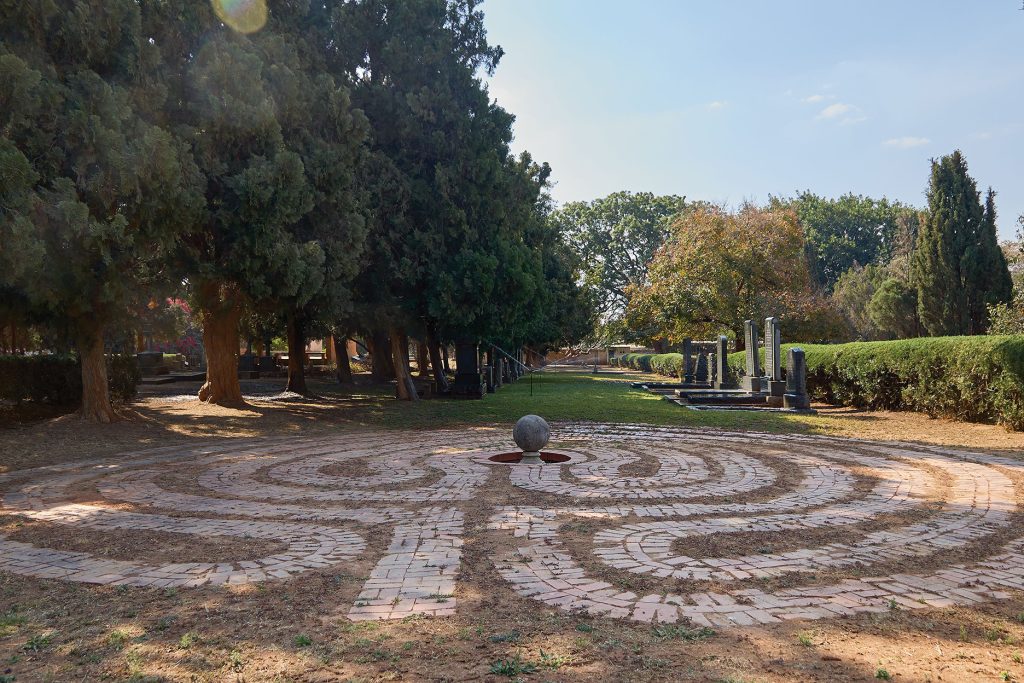
Rhodes Park is one of Lusaka’s most culturally diverse neighbourhoods. Within a three-kilometre radius, you can sip freshly brewed tea beneath jacaranda trees, trace the lingering architecture of the colonial era, admire local art, sample cuisine from around the world, or find spiritual refuge at several places of worship. While the suburb takes its name from British businessman and politician Cecil Rhodes, local lore suggests that it was once known as Mabula—a name that loosely translates to “leafy tree.”
It is not hard to see why; the suburb’s most striking features are its tree-lined streets and calm atmosphere, which make it ideal for strolls at any hour of the day. As one of Lusaka’s earliest planned residential suburbs, it was developed to house settlers arriving from abroad. By the 1920s, Rhodes Park had become a cultural melting pot, housing many residents from Southern Rhodesia, Nyasaland, Poland, India and members of the Jewish diaspora.
Aylmer May Cemetery
You can’t understand Rhodes Park without visiting Aylmer May Cemetery and Chapel. The old cemetery, which goes back to colonial times, tells the area’s story in granite and marble, but it’s not a comfortable story. The graves were segregated by race and nationality, and locals say the African burial ground now sits under the Gallery Office Park, forgotten beneath office buildings and car parks.
I was intrigued by the story of the chapel-mausoleum built by the Catholic Church for Audrey Mary Elizabeth, who died at just 25, shortly after marrying Captain Thomas Henderson Murray and arriving in Lusaka. I also discovered that Marrapodi, the peri-urban area, is named after a family that lived there and is buried here, too.
Since 1999, the Aylmer May Cemetery site has been maintained by two dedicated caretakers, who also offer short, guided walks between 07:30 – 17:30, Monday through Sunday.
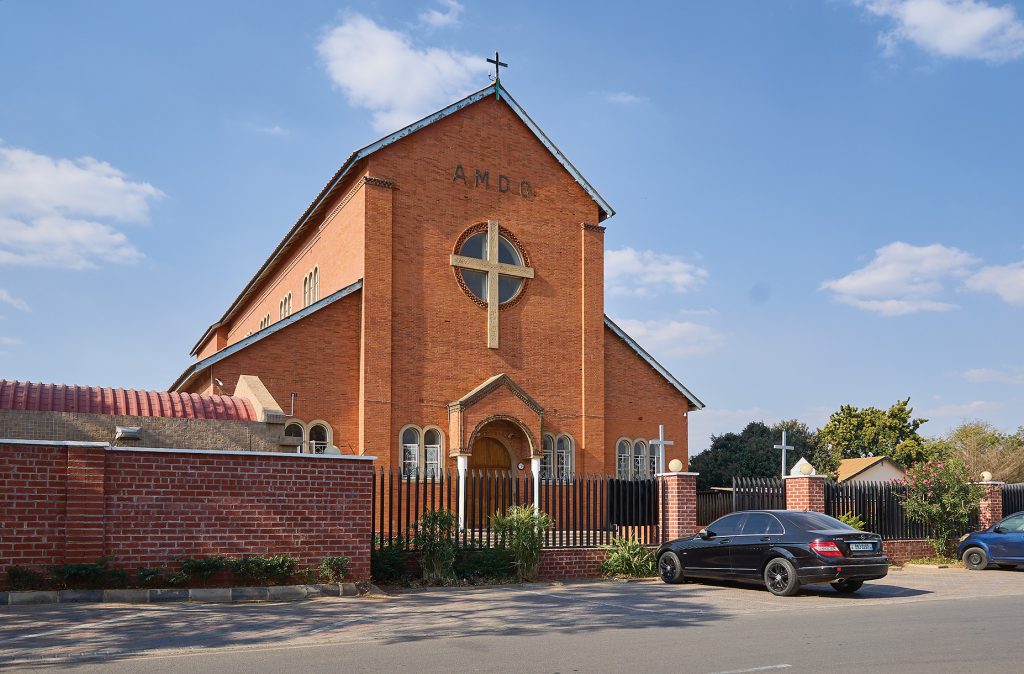
Saint Ignatius Parish
As you wander beneath the shady canopies, you will pass several spiritual sanctuaries, including the New Apostolic Church, the Lutheran Church, and the BAPS Shri Swaminarayan Mandir Hindu Temple. But it’s the red-bricked Saint Ignatius Parish that has played a significant role in Rhodes Park’s history and identity since its establishment in 1937. As a cornerstone of faith, it welcomes people from all walks of life seeking community and spiritual comfort. Yet what often goes unnoticed is the beauty of the stained-glass windows, which depict Saint Ignatius, Jesus Christ, and Saint Clare.
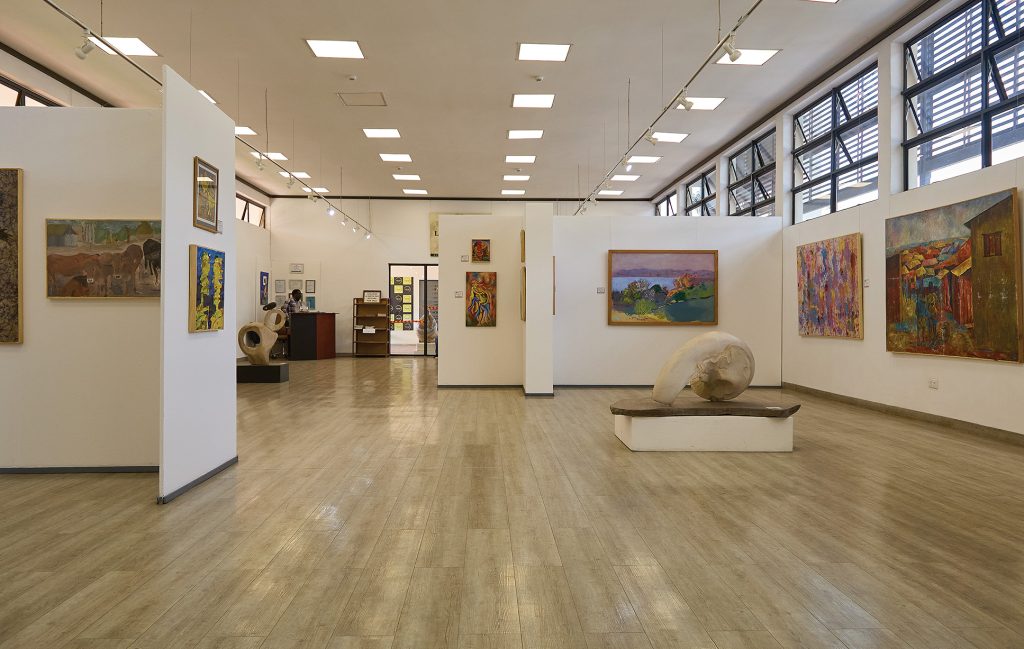
Lechwe Trust Gallery
Rhodes Park isn’t just about history anymore. What started as a quiet area of churches and colonial homes has grown into a busy district with businesses, hospitals, spas, and restaurants serving both residents and visitors.
Amidst this maze, Rhodes Park’s soul finds its creative home within the intimate walls of the Lechwe Gallery at Gallery Park. Founded in 1986 through the vision of Henry Tayali, Cynthia Zukas, and Bente Lorenze, the gallery was established to foster Zambian cultural and creative expression. Nearly forty years later, the Lechwe Trust continues to uphold this mission, hosting exhibitions, artist competitions, and scholarships for artists. I have often experienced artworks in this gallery that have stirred memories, deepened my sense of connection to humanity, and allowed me to reflect through the canvases of many artists who have showcased their work here. So, if you ever find yourself walking along the vibrant streets of Rhodes Park, be sure to take time to visit Lechwe; you are certain to feel the pulse of Zambia’s creative spirit.
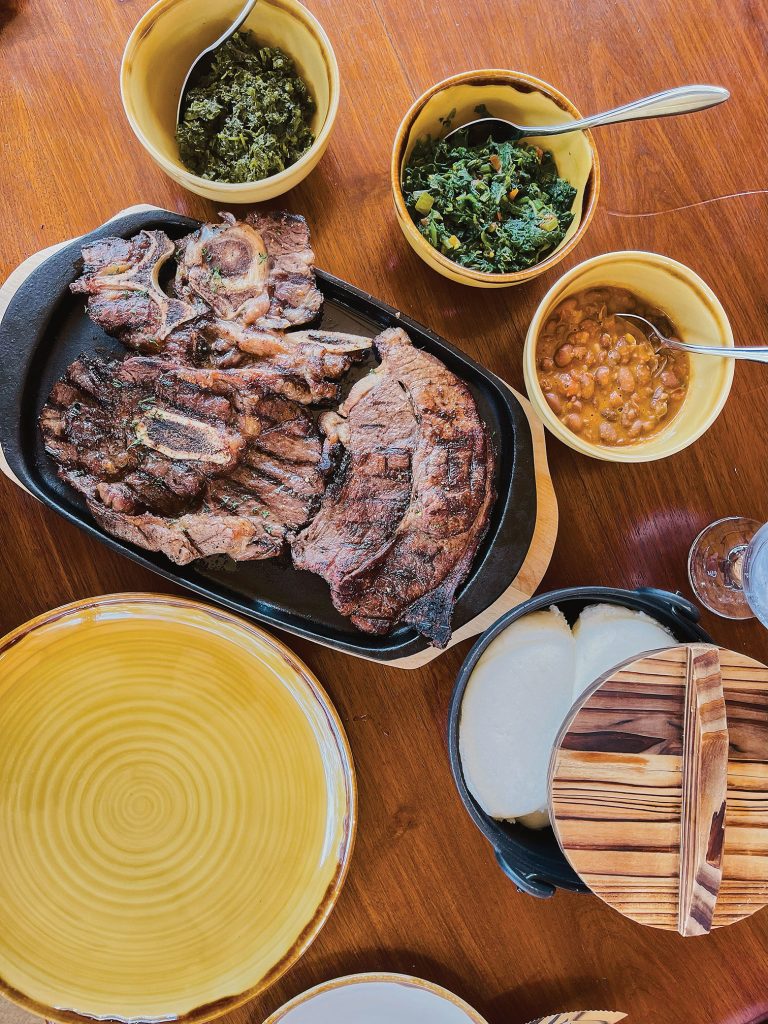
Mpoto Yathu
I have come to refer to the Rhodes Park suburb as Lusaka’s Café District, as it is home to some of the city’s most notable cafés and restaurants.
As you enjoy a stroll around the neighbourhood, be cautious of wandering too close to Omelo Mumba Road with an empty stomach, as you will find yourself drifting into Mpoto Yathu courtesy of the delicious aroma of seasoned meats being barbecued, freshly sautéed greens, and well-simmered nshima. Coupled with a vibrant ambience and occasional live music on weekends, Mpoto Yathu is the go-to spot for corporate events and visitors.
A personal favourite that you should consider visiting is the Garden Café and Buddha Bar, which sits within a plant nursery along Zimbabwe Road. This café is an ideal location to retreat from the bustling metropolis and high-rise buildings that are emerging around the area, as it offers a quaint environment to have a quick meeting, catch up on a good book, enjoy a wholesome bite, or even grab some farm produce, plants, and homemade preserves. You would be happy to know I actually wrote this piece you are reading right from one of its serene corners.
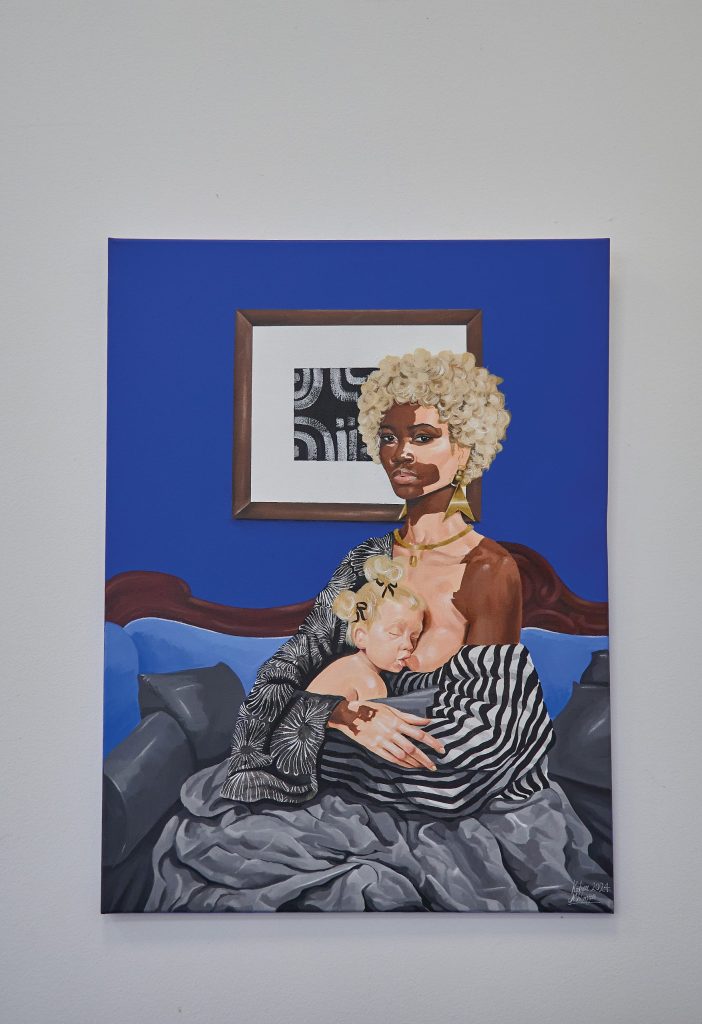
From its bittersweet reflections at Aylmer May Cemetery and the red-bricked resilience of the Saint Ignatius Parish to the creative expression at the Lechwe Gallery and the fusion of flavours at the many tucked-away restaurants like Mpoto Yathu, Rhodes Park is quite the living story. So, take a walk, share a plate and let its layered culture stir yours.
Fast Facts and Tips:
- The Lechwe Trust Gallery is open to visitors from Tuesday to Saturday 10:00-18:00; Sundays 12:00 – 18:00. Entry is free unless otherwise stated.
- Mpoto Yathu is a restaurant inspired by traditional Zambia cuisine. Try their michopo mbuzi (roasted goat meat) with nshima and traditional veggies for a real treat.
- Aylmer May Cemetery is admits visitors daily between 07:30 and 17:30. Simply look out for one of the caretakers and be sure to live a tip for their help with guided walks!
- Stop by the Garden Cafe & Buddha Bar for a one stop shop for a bite, your next house plant and fresh produce all at once.





